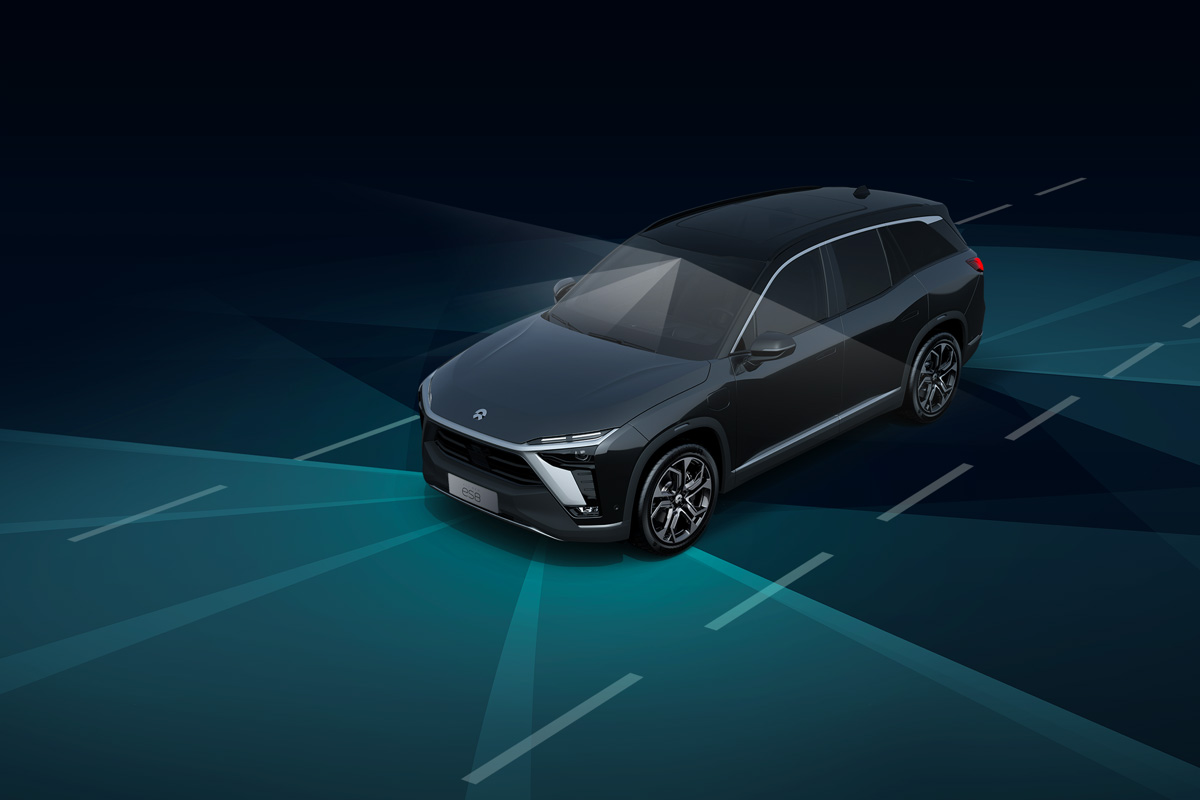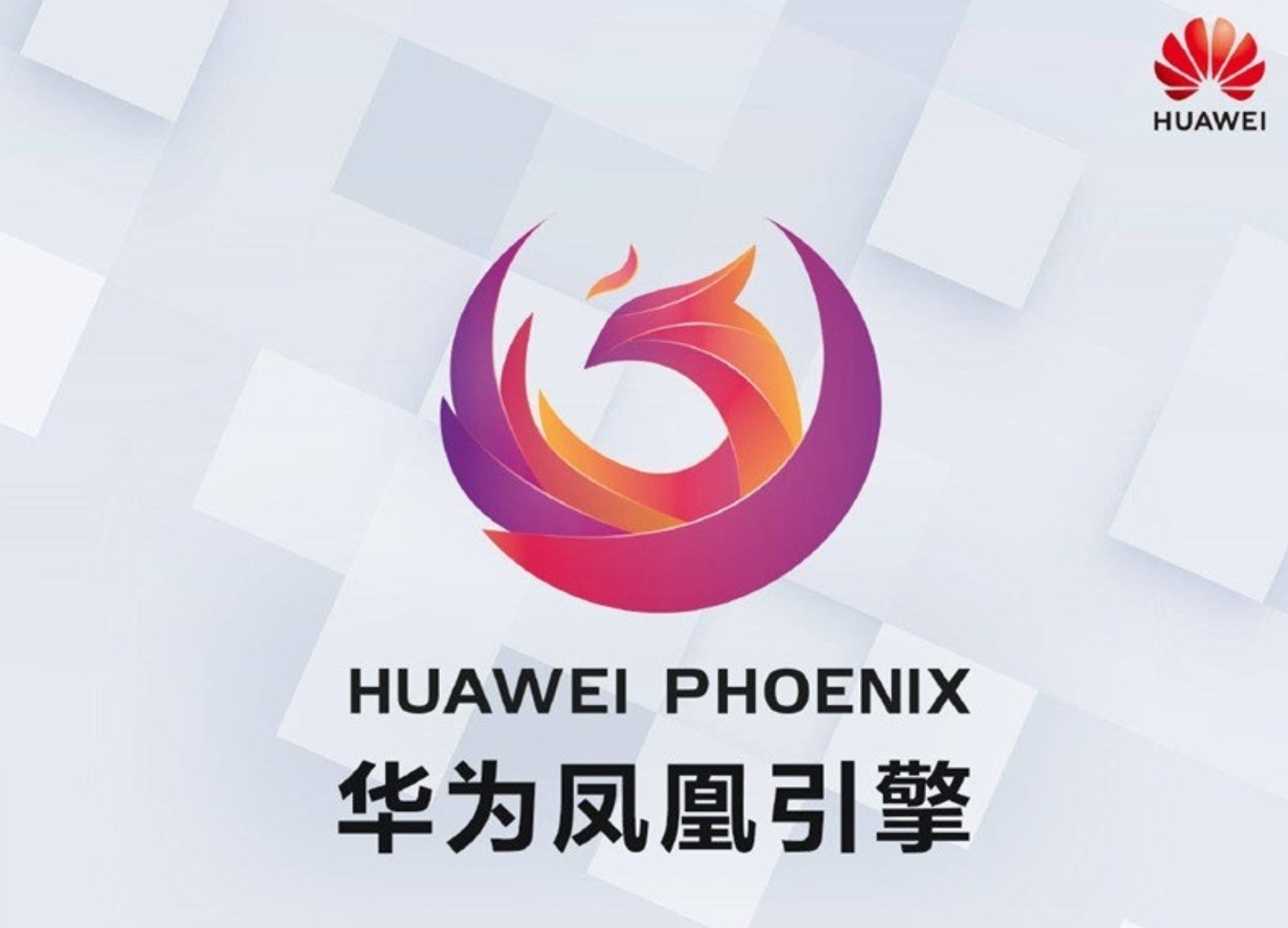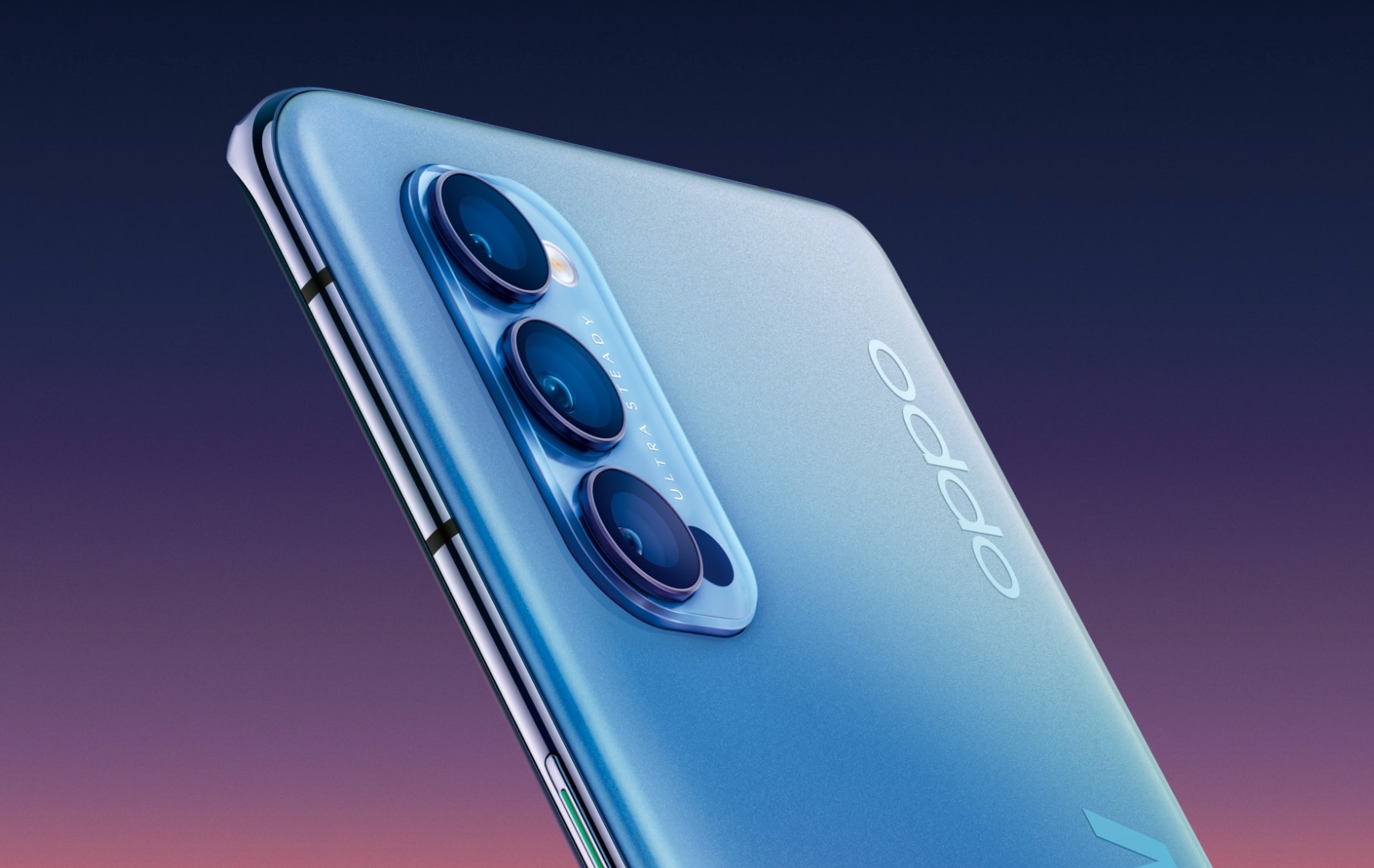It's all well and good, the problem as always who will FABs the chip, Hopefully by that time, SMIC , HUAWEI and even HUAHONG can able to produce using domestic tech.
from cnTechPost
NIO plans to develop its own self-driving chip, report says
2020-10-21 9:47:37 GMT+8 | cnTechPost
1

Chinese EV maker NIO (NYSE: NIO) is planning to develop its own computing chip for self-driving, Chinese tech website said, citing industry sources, adding that the program is still in its early stages and is being driven primarily by NIO chairman and CEO William Li Bin.
In line with the plans, NIO has also set up a separate hardware team, internally called "Smart HW (Hardware)". According to the report, William Li Bin has been looking for a technical leader with a silicon-based background since a few months ago.
Sources close to William Li Bin said that although the chip project has not yet been discussed by the board of directors, William Li Bin's intentions have been clear, and he is thinking about the final structure and has been making some advance communication to the company's executives and shareholders.
The report quoted a chip practitioner as saying that the capital investment required to develop their own chips could range from 1 billion yuan to 1 billion US dollars, depending on the extent of research and development.
Since 2020, NIO has successively raised more than 20 billion yuan through the issuance of convertible bonds, the location of China's headquarters in Hefei and the issuance of additional shares.
Such projects should be placed in the next year's budget due to the large amount of money invested, with NIO's annual budget meeting to be held at the end of the year, according to the aforementioned report.
"With William Li Bin's current reputation, it won't be too difficult to finalize this project," The source said.
Between 2019 and 2020, under William Li Bin's leadership, NIO has undergone a resurrection from near death, with its stock price skyrocketing from close to the $1 exit redline to around $28. NIO's market capitalization has jumped to the second-largest car company in the country, behind BYD.
Smart EV companies are looking at the smart technology of their vehicles as a core competency. Tesla is vertically integrated through autonomous development at the software and hardware levels of the smart driver and cabin, thus enabling rapid iteration of the entire OTA.
In 2019, Tesla's self-developed Autopilot chip also landed in mass production, with a computing power of 144TOPS, nearly five times that of NVIDIA's Xavier, making Tesla Autopilot once again leading the industry in terms of technology and cost control.
Head starters such as NIO, Li Auto and XPeng have already followed Tesla's lead and are doing their own research and development on cockpits and intelligent driving.
XPeng has built a Chinese and foreign R&D team in 2017, and NIO, in addition to using Mobileye solutions for the perception aspect of smart driving, has also conducted its own research on planning and control algorithms.
Li Auto also urgently recruited a team after the IPO to invest in the independent research and development of intelligent driving, the company's new CTO Wang Kai made it clear that "perception should definitely be self-researched, the automatic driving team will recruit more than 200 people."
In August, cnTechPost reported that NIO has accelerated its expansion and begun to invest more in its automated driving software.
Jamie Carlson, the North American-based vice president in charge of NIO's automated driving business, left the company in June, and Ren Shaoqing, formerly Momenta's director of research and development, has joined NIO, hinting that NIO will increase its investment in automated driving technology.
Ren Shaoqing serves as assistant vice president and reports directly to NIO CEO Li Bin.
Jamie Carlson, who left Apple in October 2016 to join NIO's North American R&D center, has returned to Apple's Special Projects Group, where the company's Titan car project is based.
The departure of Jamie Carlson and the addition of Ren Shaoqing is in line with NIO's return to China to focus its self-driving strategy.
from cnTechPost
NIO plans to develop its own self-driving chip, report says
2020-10-21 9:47:37 GMT+8 | cnTechPost
1

Chinese EV maker NIO (NYSE: NIO) is planning to develop its own computing chip for self-driving, Chinese tech website said, citing industry sources, adding that the program is still in its early stages and is being driven primarily by NIO chairman and CEO William Li Bin.
In line with the plans, NIO has also set up a separate hardware team, internally called "Smart HW (Hardware)". According to the report, William Li Bin has been looking for a technical leader with a silicon-based background since a few months ago.
Sources close to William Li Bin said that although the chip project has not yet been discussed by the board of directors, William Li Bin's intentions have been clear, and he is thinking about the final structure and has been making some advance communication to the company's executives and shareholders.
The report quoted a chip practitioner as saying that the capital investment required to develop their own chips could range from 1 billion yuan to 1 billion US dollars, depending on the extent of research and development.
Since 2020, NIO has successively raised more than 20 billion yuan through the issuance of convertible bonds, the location of China's headquarters in Hefei and the issuance of additional shares.
Such projects should be placed in the next year's budget due to the large amount of money invested, with NIO's annual budget meeting to be held at the end of the year, according to the aforementioned report.
"With William Li Bin's current reputation, it won't be too difficult to finalize this project," The source said.
Between 2019 and 2020, under William Li Bin's leadership, NIO has undergone a resurrection from near death, with its stock price skyrocketing from close to the $1 exit redline to around $28. NIO's market capitalization has jumped to the second-largest car company in the country, behind BYD.
Smart EV companies are looking at the smart technology of their vehicles as a core competency. Tesla is vertically integrated through autonomous development at the software and hardware levels of the smart driver and cabin, thus enabling rapid iteration of the entire OTA.
In 2019, Tesla's self-developed Autopilot chip also landed in mass production, with a computing power of 144TOPS, nearly five times that of NVIDIA's Xavier, making Tesla Autopilot once again leading the industry in terms of technology and cost control.
Head starters such as NIO, Li Auto and XPeng have already followed Tesla's lead and are doing their own research and development on cockpits and intelligent driving.
XPeng has built a Chinese and foreign R&D team in 2017, and NIO, in addition to using Mobileye solutions for the perception aspect of smart driving, has also conducted its own research on planning and control algorithms.
Li Auto also urgently recruited a team after the IPO to invest in the independent research and development of intelligent driving, the company's new CTO Wang Kai made it clear that "perception should definitely be self-researched, the automatic driving team will recruit more than 200 people."
In August, cnTechPost reported that NIO has accelerated its expansion and begun to invest more in its automated driving software.
Jamie Carlson, the North American-based vice president in charge of NIO's automated driving business, left the company in June, and Ren Shaoqing, formerly Momenta's director of research and development, has joined NIO, hinting that NIO will increase its investment in automated driving technology.
Ren Shaoqing serves as assistant vice president and reports directly to NIO CEO Li Bin.
Jamie Carlson, who left Apple in October 2016 to join NIO's North American R&D center, has returned to Apple's Special Projects Group, where the company's Titan car project is based.
The departure of Jamie Carlson and the addition of Ren Shaoqing is in line with NIO's return to China to focus its self-driving strategy.



